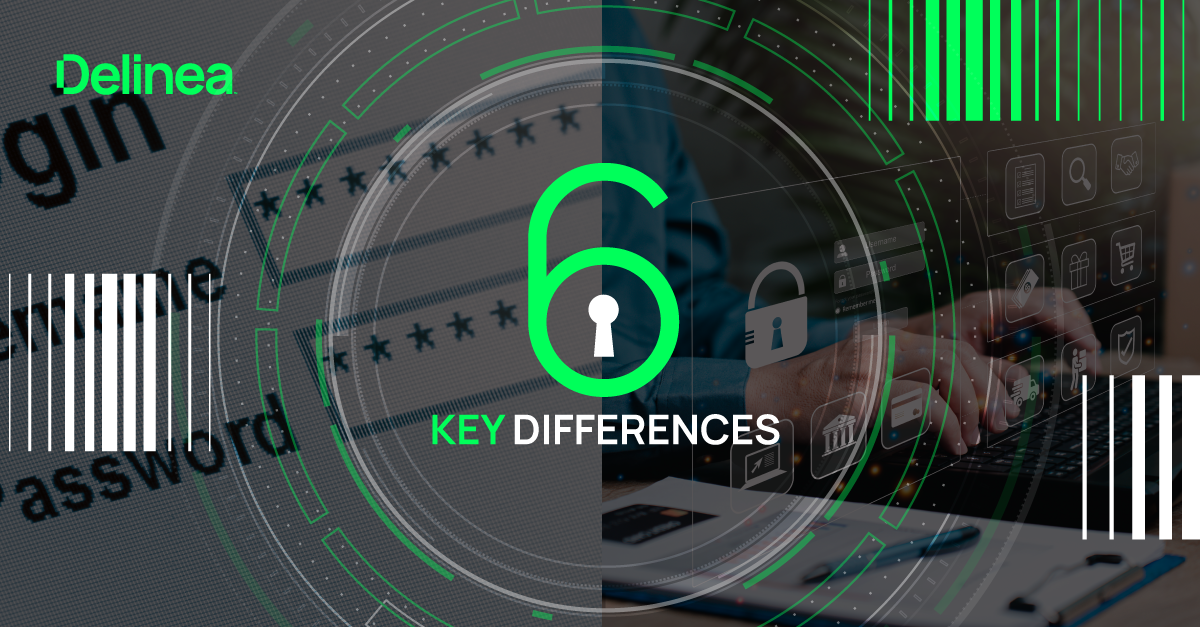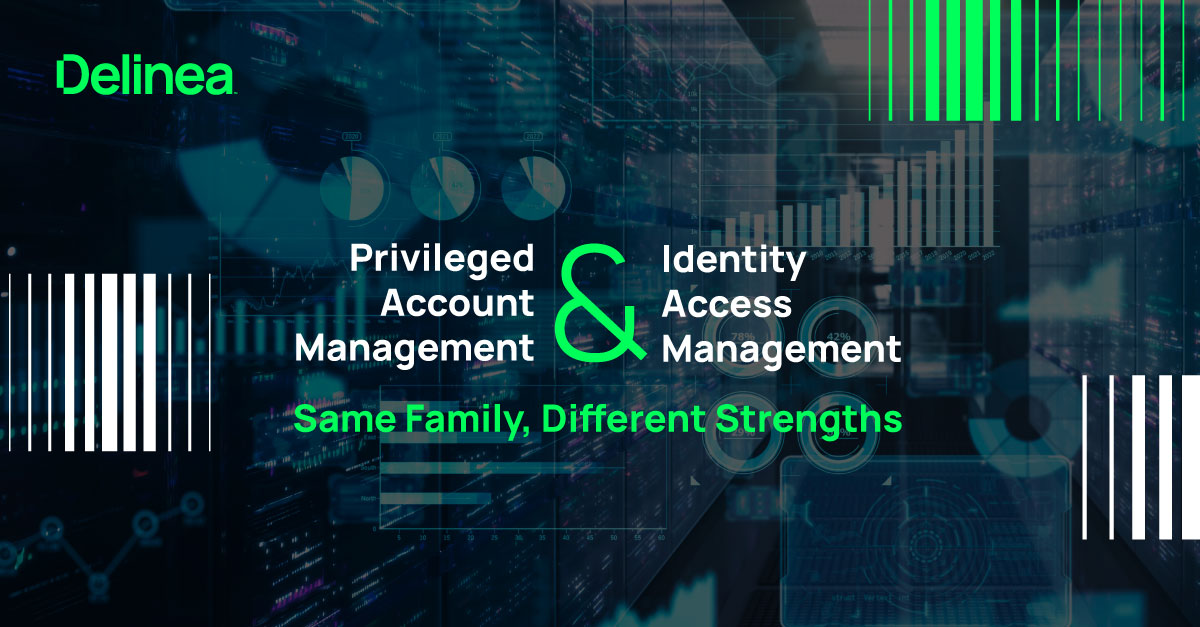Many cybersecurity professionals are tinkerers. We like to roll up our sleeves and learn by doing. That’s why free and open source tools are such a valuable part of the cybersecurity toolbox. They help you explore and test software before you commit to buying, allowing you to experience the product and make sure it delivers the value you need.
Privileged Access Management (PAM) tools put the power in your hands. You can use these for free, in your own time, without exposing any of your confidential information to others. You get to identify gaps in your privileged security posture and begin to formulate a plan—without paying a dime.

Today I’m sharing our 15 top PAM tools—in 4 different categories—to help you secure your enterprise, as well as recommendations on how to use them.
PAM tools for discovery
Most organizations have hundreds, if not thousands of privileged accounts, including domain accounts, service accounts, and local administrator accounts. Unfortunately, most companies don’t know how many privileged accounts they have, or their status. When privileged accounts are off your radar, they increase your risk. PAM tools for Discovery give you the visibility to bring them under control.
1. Windows Privileged Account Discovery Tool
Why you need it:
There are numerous risks associated with account misconfiguration, such as default settings and expired accounts, that increase the likelihood of intrusion and abuse of privileged accounts.
How this tool helps:
This PAM tool enables a quick scan of your environment to pinpoint your vulnerabilities. It evaluates privileged accounts and passwords on your network to identify areas of security risk, including:
- Privileged accounts that never expire
- Aged passwords for privileged accounts that have never been rotated
- Shared accounts
- Unexpected administrator accounts
After running the tool, you’ll get a detailed custom report so you can prioritize your next steps to reduce privileged account risk.
Get the Privileged Account Discovery Tool for Windows
2. Unix Privileged Account Discovery Tool
Why you need it:
If you don’t include Unix and Linux in your PAM strategy, you’re leaving open some of the most vulnerable holes in your attack surface. Proactive and ongoing privilege management is essential to ensure consistent security policies across your IT environment and protect Unix/Linux accounts and passwords.
How this tool helps:
This PAM tool allows a quick scan of your enterprise to pinpoint Unix/Linux vulnerabilities, including:
- Unsupported Unix/Linux platforms
- Unexpected Unix/Linux accounts and groups
- Unix/Linux accounts and passwords that never expire
- Aged passwords that have never been rotated
After running this PAM tool, you’ll get a detailed custom report so you can prioritize the next steps to reduce privileged account risk in your Unix/Linux environment.
Get the Privileged Account Discovery Tool for Unix
3. Browser Stored Password Discovery Tool
Why you need it:
Browser-stored passwords are notoriously easy to steal. Security experts recommend you never save passwords using a browser’s “Remember Password” feature. Browser-stored passwords may make it faster and easier to log in to resources, but they dramatically increase your risk.
How this tool helps:
The Browser-Stored Password Discovery Tool helps you discover browser-stored passwords among Active Directory users.
A quick scan allows you to see which users are storing passwords in their browsers and on which websites and applications. Based on the findings, you can build a prioritized list of actions to help you reduce risk.
Get the Browser-Stored Password Discovery Tool
4. Least Privilege Discovery Tool
Why you need it:
Adhering to a least privilege policy is particularly important for remote workers connecting through diverse workstations. If users have local administrator rights and unintentionally download malicious software, they invite cyber criminals into your entire network.
How this tool helps:
This tool lets you see which IT systems and users have higher privileges than they need. A quick scan of your environment indicates which accounts may be overprivileged and, therefore, vulnerable to insider threats and malware attacks. Then, you can prioritize next steps.
Get the Least Privilege Discovery Tool
PAM Tools for Password Management
All passwords can be cracked, given enough time. Passwords set by humans tend to be the least secure. It’s typical for people to use passwords they can easily remember by choosing some unusual dictionary words or topics of interest. Passwords should therefore be a priority within your enterprise to find, secure, and manage appropriately.
5. Weak Password Finder
Why you need it:
The default domain password policy, which admins use to enforce password rules in Active Directory, usually isn’t configured to force good passwords, and in many cases, doesn’t provide necessary security controls. Settings in Active Directory provide flexibility for IT administrators—but also increase the risk of password theft.
How this tool helps:
The Active Directory Weak Password Finder tool examines the passwords of your AD accounts and finds weak passwords to determine if your organization is susceptible to password-related attacks. It connects to your AD to retrieve your password table and analyzes passwords against failure types that increase your risk. A quick scan of your environment with the Weak Password Finder tool pinpoints your vulnerabilities:
- Passwords contained in common dictionaries
- Passwords used for multiple accounts
- Stored passwords using reversible encryption or legacy algorithms
After running this PAM tool, you’ll immediately receive a customized report with your results so you can identify weak passwords and areas of highest risk and prioritize your security updates.
Get the Active Directory Weak Password Finder
6. Password Strength Checker
Why you need it:
Consider how many passwords exist in your workplace. How many are as weak as the password you just checked? Employees have passwords to log into computers and online tools. IT admins have passwords that give them special privileges. Plus, enterprise systems like databases and applications have passwords to run programs and share information.
How this tool helps:
This tool analyzes passwords and provides feedback around common password criteria, including length, character usage, and easily guessable words and phrases. This tool can help anyone in your organization gauge how strong their passwords are.
Check the strength of your favorite password here
7. Strong Password Generator
Why you need it:
Employees use passwords to log onto computers and online tools. IT admins have passwords that give them special privileges. Plus, enterprise systems like databases and applications have passwords to run programs and share information.
If a cybercriminal can crack a weak password for an account with special privileges—known to IT teams as “privileged credentials”—they can put your entire organization at risk.
How this tool helps:
This tool generates strong passwords so you or anyone throughout your enterprise can replace weak passwords with strong, randomly generated passwords.
Generate a strong password instantly
PAM tools for planning and sharing
Some of the most valuable PAM tools aren’t software-based. That’s because for a PAM program to be successful, you also need to focus on strategic imperatives like planning, education, and adoption. This set of PAM tools gives you a jumpstart, with templates and checklists you can customize for your organization.
8. Privileged Account Incident Response Template
Why you need it:
The more effectively you can respond to a cyberattack, the lower your costs and the faster your recovery. Teams that work as well-oiled machines have communicated and practiced incident response well before an attack ever happens.
How this tool helps:
The incident response plan template contains a checklist of roles and responsibilities and details for actionable steps to measure the extent of a cybersecurity incident and contain it before it damages critical systems. This tool is readily customizable to match your incident response policies, regulatory requirements, and organizational structure.
Get the Incident Response Template
9. Cyber Insurance Readiness Checklist
Why you need it:
Before granting you an insurance policy, insurers want to see that you’re proactively managing your cybersecurity program and confirm you have effective controls in place to reduce risk. You can’t wait until you start shopping for an insurance policy or negotiate your renewal to make sure you can answer their questions.
How this tool helps:
This sample cyber insurance checklist guides you through the top questions most insurance companies ask when you apply for cyber insurance, such as:
- How do you address cybersecurity risks, such as unmanaged privileged accounts?
- How well do you manage access to critical, sensitive assets?
- What is your ability to detect unexpected credential use?
- Do you have an incident response plan in case of a cyberattack?
Prepare to answer these questions to ensure your company qualifies for a robust insurance policy at competitive rates that reflect your risk.
Get the Cyber Insurance Readiness Checklist
10. PAM Checklist
Why you need it:
All users throughout an enterprise should be considered privileged users, not just domain administrators. For this reason, all users must be prevented from having too much privileged access—or being “overprivileged.”This PAM tool helps you improve security by considering the privileges of every user in your organization.
How this tool helps:
This PAM tool helps enable your IT teams (IT Admins, IT Security, IT Audit) as well as individual business users to profile the privileged accounts in your organization. You can follow the step-by-step guide in this tool to plan your strategic journey to privileged access security.
11. Privileged Account Management Policy Template
Why you need it:
Cybersecurity technology goes hand in hand with policy-based governance. One of the first steps to success is defining clear and consistent policies that everyone who uses and manages privileged accounts understands and accepts.
How this tool helps:
You can use the sample policies in this tool as a starting point for your organization. This PAM tool allows you to match the needs of your IT environment, regulatory requirements, and organizational structure and then finalize and share the document with all IT team members, executives, business users, and auditors.
Get the Privileged Account Management Policy Template
PAM toolkits for staying up to date
To help you tackle common cybersecurity challenges, these PAM “toolkits” curate original research, podcasts, and additional resources to help you stay on top of emerging trends and build a cohesive plan in several crucial areas. With these PAM tools, you can learn multiple perspectives, in a variety of formats, all in one place.
12. Ransomware Defense Toolkit
Why you need it:
Ransomware gangs are developing more sophisticated ways to steal credentials, take over user accounts, and elevate access so they can exfiltrate date and hold it for ransomCloud development and the increase in DevOps make organizations even more vulnerable to ransomware attacks.
How this tool helps:
The Ransomware Defense Toolkit includes must-read content including original research, whitepapers, podcasts, and more, so you can stay on top of the latest ransomware techniques, attack vectors, and defense strategies.
Download the 6-in-1 Ransomware Defense Toolkit
13. Privileged Access Security Toolkit
Why you need it:
Over 83% of organizations have experienced more than one breach with an average cost of $4.3 million, and according to industry analysts, over 70% aren’t prepared to recover efficiently.
How this tool helps:
If you’re just getting started with Privileged Access Management, this toolkit includes everything you need to assess your current risks and create a plan to reduce them. You can find tools to benchmark your company’s level of PAM maturity and understand the steps to accelerate your journey. You can also see how to embed PAM in your workflow to reduce friction and drive adoption.
Download the Privileged Access Security Toolkit
14. Extended PAM Toolkit
Why you need it:
In the new era of hybrid IT environments, cloud-based applications, and remote work, security and IT leaders struggle with countless identities, accounts, and users. When you’re managing siloed systems and fragmented policies, it’s easy to lose visibility and leave privileged accounts unprotected.
Extended Privileged Access Management redefines PAM to treat all users as privileged users and address complex IT environments.
How this tool helps:
You can join the shift to extended PAM with this tool. You’ll learn the differences between traditional and new-generation PAM, plus tips to easily integrate Extended PAM into your workflow and organization.
Download the All-in-One Extended PAM Toolkit
15. Cyber Insurance Readiness Toolkit
Why you need it:
After several tumultuous years, the cyber insurance safety net is in question. The insurance sector is making it more difficult for companies to get coverage. The more you know and the better you can explain your security controls, the more likely you are to obtain appropriate coverage at a justifiable cost.
How this tool helps:
This tool will help you prepare for the questions cyber insurance providers are sure to ask, with a focus on password management, access controls, MFA, and other must-have insurance requirements.
Download the Cyber Insurance Readiness Toolkit
Find the PAM tool that’s right for you
As the extensive list of PAM tools shows, there’s something for everyone, whether you’re just starting out with Privileged Access Management or looking to take your program to the next level.
So, go ahead and kick the tires with one or more of these valuable tools!


